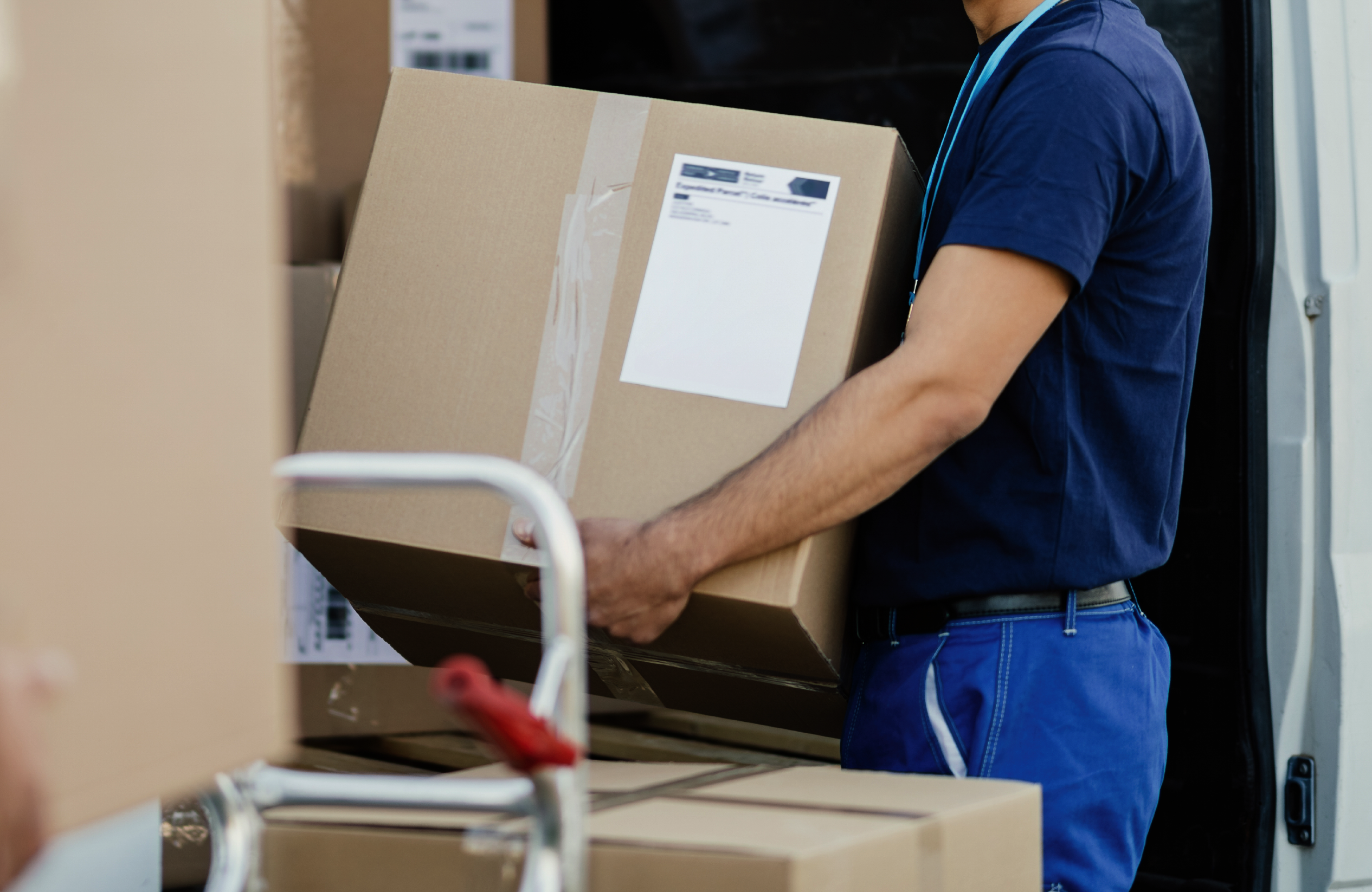The concept of last-mile delivery, which refers to the final step of the delivery process from a distribution center to the end customer, has undergone a significant transformation over the years. From horse-drawn carriages to drones and autonomous vehicles, let’s explore the fascinating journey of last-mile delivery.
A Journey Through Time
1. The Early Days: Horse-Drawn Carriages and Messengers
In the 19th century, goods were delivered using horse-drawn carriages. These carriages were the backbone of early logistics, enabling the movement of products within towns and cities. Messengers on foot or horseback were also common, ensuring urgent deliveries reached their destinations swiftly.
2. The Rise of Motor Vehicles
The advent of motor vehicles revolutionized last-mile delivery in the early 20th century. Trucks and vans became the primary mode of transportation, allowing for faster and more efficient delivery of goods. This period marked the beginning of organized delivery services and the growth of postal systems worldwide.
3. The Era of E-commerce
The rise of e-commerce in the late 20th and early 21st centuries brought about a dramatic shift in last-mile delivery. Companies like Amazon and eBay transformed consumer expectations, emphasizing speed and convenience. The introduction of same-day and next-day delivery options further heightened the demand for efficient last-mile logistics.
Technological Advancements
1. GPS and Route Optimization
The introduction of GPS technology revolutionized route planning and optimization. Delivery drivers could now navigate more efficiently, reducing travel time and fuel consumption. This technology also allowed for real-time tracking, providing customers with accurate delivery updates.
2. Drones and Autonomous Vehicles
One of the most exciting advancements in last-mile delivery is the use of drones and autonomous vehicles. Companies like Amazon and UPS have been experimenting with drone deliveries, promising quicker and more flexible delivery options. Autonomous delivery vehicles, such as robots and self-driving cars, are also being tested, offering a glimpse into the future of logistics.
3. Smart Lockers and Parcel Lockers
To address the challenge of missed deliveries, smart lockers and parcel lockers have been introduced. These lockers provide secure and convenient pickup points for customers, reducing the need for redelivery attempts and enhancing the overall delivery experience.
The Future of Last Mile Delivery
As technology continues to evolve, so too will last-mile delivery. The integration of artificial intelligence and machine learning is expected to further optimize delivery routes and predict customer preferences. Additionally, advancements in green logistics and sustainability will play a crucial role in shaping the future of last-mile delivery.
The journey of last-mile delivery from horse-drawn carriages to cutting-edge technologies is a testament to human ingenuity and the relentless pursuit of efficiency. As we look ahead, the possibilities for innovation in this space are boundless, promising an even more seamless and customer-centric delivery experience.

